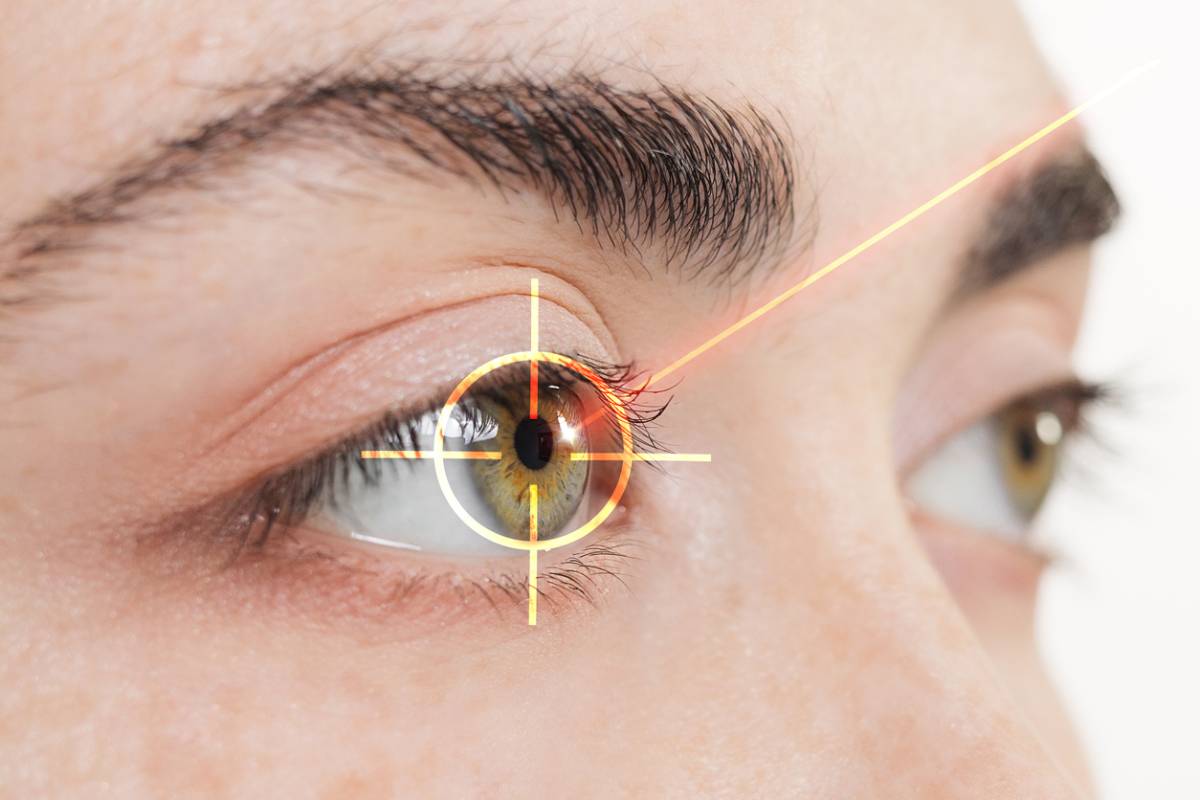Cataracts is a common vision condition that impacts millions of Americans. More than 20 million Americans over the age of 40 have the condition, and more than 90% of people develop the condition by the age of 65. Cataracts occurs when the lens of your eye becomes cloudy from the natural proteins that develop over time. Prompt treatment is necessary as there are a number of dangers of leaving cataracts untreated.
What Is a Cataract?
A cataract is a cloudy, dense area that forms in the lens of your eye. The lens of your eye is the clear part of the eye behind the iris that helps to focus light onto the retina. Your retina operates by converting the light that comes through the lens into signals. The signals end up sent to the optic nerve, which then sends them up to the brain. When the proteins in your eye form clumps, they can prevent the lens from sending clear images to your retina. The process happens slowly, but the protein clumps can eventually interfere with your vision. It can impact one or both eyes, and most commonly impacts older adults. In fact, more than half of Americans have had the condition or had cataract surgery by the time they turn 80.
Dangers of Leaving Cataracts Untreated
Untreated cataracts can be dangerous and cause a number of serious issues. If you wait too long to get treatment, your cataracts can become much more difficult to remove. This can cause surgical complications. In addition, untreated cataracts can lead to severe issues with your vision making it very difficult for you to see. In coms cases, it can cause complete blindness. The long your cataracts continue to develop, the greater the chance of complications and vision loss. Research has shown that clinically significant cataracts is associated with an increased risk of death from vascular causes, such as a stroke or heart attack. Early detection and treatment are vital in terms of preserving your vision.
The moment you notice the signs of cataracts you should seek treatment. Some of the common symptoms of cataracts include:
- Cloudy or blurry vision
- Poor night vision
- Double vision
- Poor night vision
- Distortion of vision in your other eye (if only one eye seems impacted)
- Colors seem faded
- Lights seem too bright
- Lights give off a glare or halo
- Increased nearsightedness
- Increased need for newer eyeglass prescriptions
Treatment for Cataracts
If you have any cataract-related symptoms, contact a board-certified ophthalmologist. Only a skilled and experienced eye doctor can determine the right treatment plan for you. If your cataracts are in an advanced stage, cataracts surgery may be necessary. Advanced cataracts impede your vision and cannot be improved with your glasses. It is also considered to be advanced if it impacts your daily activities. Cataracts surgery can improve your vision and provide you with excellent results.
Cataracts surgery has made major advancements as it provides effective results with very little risk in terms of complications. While cataracts surgery can remove your cataracts, light adjustable lens surgery can help you customize your vision after cataracts surgery. This is often done between two to three weeks after your cataracts surgery to ensure you have fully healed. Patients who have received light adjustable lens surgery are more likely to have 20/20 vision within six months after surgery without the aid of glasses. If you are concerned about your vision and think you may have cataracts, schedule an appointment with Dr. Ghosheh at Advanced Eye Medical. He is the top Orange County Lasik surgeon and has helped countless patients restore their vision.

